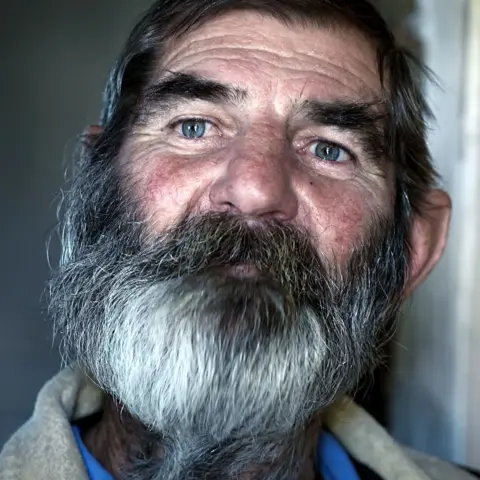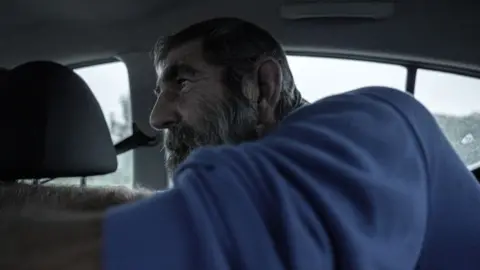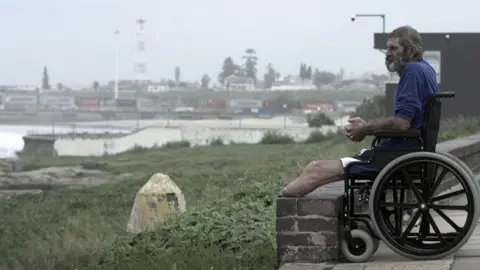China Needs To Prepare For Prolonged Strategic Competition In The Face Of Rising Trade Protectionism – Analysis
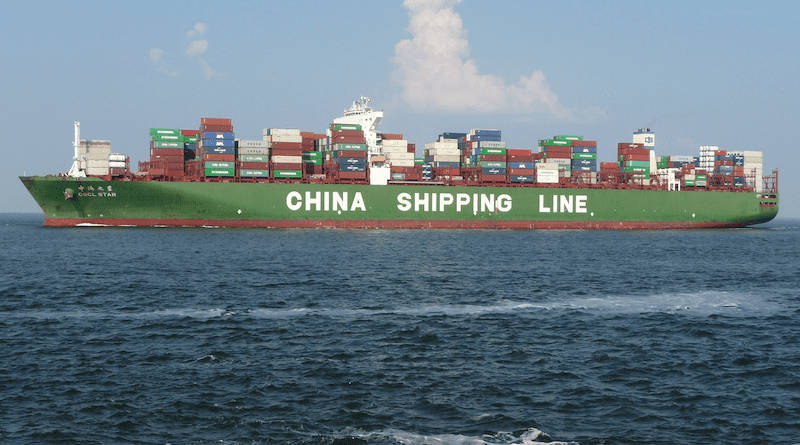
By Anbound
By Chen Li
Amidst claims by the United States and Europe about China’s overcapacity, the European Union has recently decided to impose temporary tariffs on imports of battery electric vehicles (BEVs) from the country. Additionally, the U.S. and Mexico have jointly announced that to strengthen the North American steel and aluminum supply chain, Mexico will impose 25% and 10% tariffs on steel and aluminum imports from China, respectively.
In recent years, various trade barriers against Chinese goods have been increasing. According to American media reports, other than the U.S. and the EU, some emerging economies such as Brazil, India, Mexico, and Indonesia have begun anti-dumping investigations into low-priced Chinese goods. Since early last year, governments worldwide have announced more than 70 import restriction measures targeting China.
Researchers at ANBOUND believe that these protectionist practices against China are a long-term trade phenomenon, driven by shifts in the global trade landscape. This change is universal and structural, affecting not only the relations between the U.S. or the EU with China, but also extending globally. As it stands, China will need to adapt to the changing world trade rules and prepare for long-term strategic competition.
The global trade landscape has undergone significant changes. The post-World War II momentum of global economic integration is waning, giving way to de-globalization and regional economic integration. Since the financial crisis, as consumer demand in developed countries has weakened and with technological advancements and supply chain de-risking, developed nations have actively pursued reshoring of manufacturing. At the same time, developing countries, especially China, have reduced their dependence on intermediate goods trade as they upgrade their industries, leading to the slowdown in global trade growth and the restructuring of global value chains. Before the financial crisis, the global average ratio of imports to GDP grew at about twice the rate of global GDP growth. However, since 2011, this ratio has dropped below 1. According to the European Central Bank’s analysis, global trade is unlikely to return to the growth trends seen before the financial crisis, and the slowdown in global trade post-2011 is expected to become the “new normal.” Based on the concept of “close produce” previously proposed by ANBOUND, the slowdown in global trade is accompanied by a restructuring of global value chains, breaking the previous model of international division of labor. At the same time, production is shifting closer to terminal markets. This indicates a shift from global economic integration to regional economic integration, inevitably giving rise to trade protectionism in the process.
Trade protectionism is increasingly gaining momentum globally. Even before former U.S. President Donald Trump initiated the trade war with China, the Obama administration had imposed hefty tariffs that were five times the standard rate on Chinese steel imports and created obstacles in the Doha negotiations. This led to abandoning the World Trade Organization (WTO)’s global multilateral trade cooperation framework in favor of regional agreements such as the Transatlantic Trade and Investment Partnership (TTIP) and the Trans-Pacific Partnership (TPP). Among protectionist measures, anti-dumping duties and import tariffs are the most widely used, collectively accounting for about 30% of all measures. Additionally, there has been a rise in the use of export subsidies, licensing or restrictions on foreign direct investment, and domestic clauses in public procurement, leading to a surge in trade distortions. According to Global Trade Alert, harmful trade interventions by governments have steadily increased since 2008, with a sharp rise starting in 2018. Overall, the number of global harmful trade interventions surged from 199 in 2018 to 910 in 2023, a 357% increase. From 2009 to 2023, there were a total of 58,205 harmful trade interventions globally, with 1,752 targeting China, the highest number for any country.
Trade protectionism has undermined the rule-based multilateral trading system established under economic globalization, specifically the General Agreement on Tariffs and Trade (GATT) and the WTO, created after World War II. Firstly, regional trade agreements are increasingly replacing the WTO’s global multilateral trade rules, accelerating the fragmentation of trade and industrial spaces. Secondly, the Most-Favored-Nation (MFN) principle under the WTO multilateral trade system faces numerous challenges in the current international trade environment. Although MFN ensures equality, the principle of treating all equally may not be applicable to countries at different levels of development, leading to some fairness issues. The U.S. has previously questioned the MFN principle concerning China’s market access restrictions, trade imbalances, and intellectual property protection. Lastly, under the influence of the politicization of economic and trade issues, the WTO has been pushed to the margins of global economic governance, and its trade rules have fallen into an
In addition, the COVID-19 pandemic has heightened countries’ awareness of the importance of diversifying supply chain risks. At the same time, amid the global economic downturn, unilateralism and populism have surged, with geopolitical factors increasingly influencing economic and trade issues, even beginning to dominate them. This has led to the reshoring of manufacturing, strengthening of economic and trade ties within alliances, and weakening of economic and trade relationships outside these alliances. As a result, despite years of attempts, the Doha Round negotiations have failed, and the WTO’s appellate body has been paralyzed since December 2019.
Since the Age of Exploration, international trade rules have been evolving. Before the great maritime discoveries, global commercial trade was regional. Afterward, the world was connected through maritime trade, establishing a truly global trading system. This disrupted the tribute system and continental mindset of that era in China, and the international order shaped by maritime trade was dominated by the West for over three centuries. After World War II, the GATT and the WTO established a multilateral trading system based on mutual benefits. China’s entry into this trade system allowed it to deeply participate in the global value chain, benefiting from economic globalization and achieving an economic miracle. Today, the global trade landscape is undergoing another structural shift, which naturally introduces new orders and disciplines within the new trade system, and this is something that China should be prepared for.
Final analysis conclusion:
The surge in trade protectionism targeting China is a result of the structural shift in the global trade landscape. Amid the slowdown in global trade growth, the trade pattern is moving from global integration toward regional integration. In response, China needs to recognize the changes in the current trade environment and prepare for the challenge of long-term trade protectionism.
- About the author: Chen Li is an Economic Research Fellow at ANBOUND, an independent think tank.
Anbound
Anbound Consulting (Anbound) is an independent Think Tank with the headquarter based in Beijing. Established in 1993, Anbound specializes in public policy research, and enjoys a professional reputation in the areas of strategic forecasting, policy solutions and risk analysis. Anbound's research findings are widely recognized and create a deep interest within public media, academics and experts who are also providing consulting service to the State Council of China.

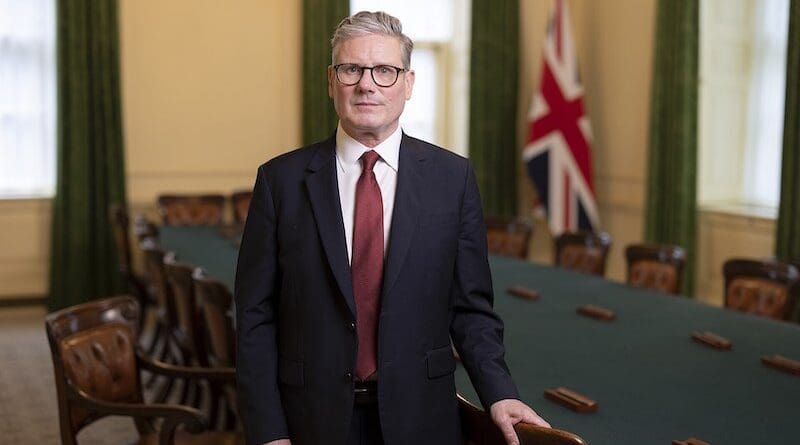


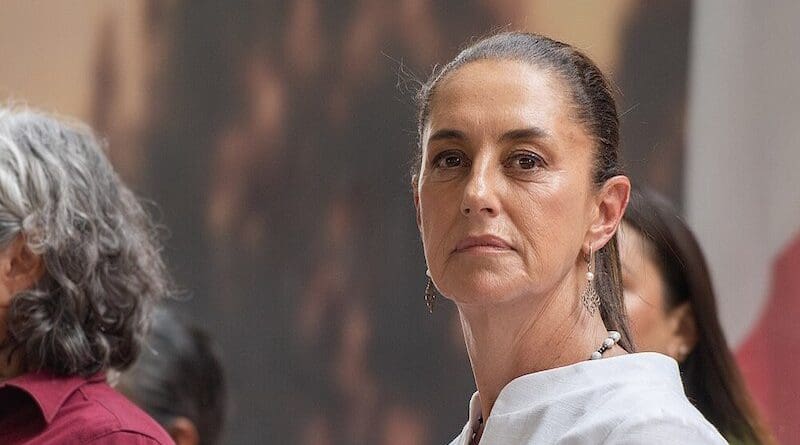

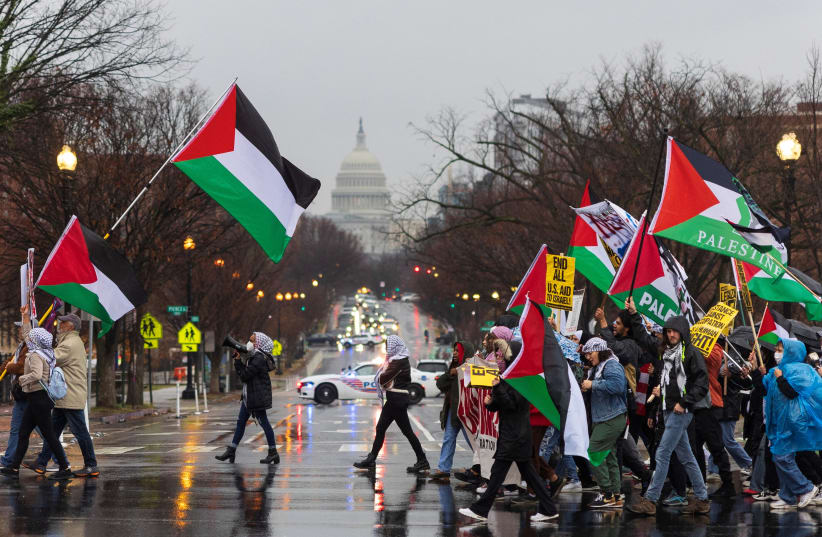 Pro-Palestine demonstrators cross New Jersey Avenue near the U.S. Capitol, during a protest in Washington, U.S, December 17, 2023.(photo credit: REUTERS/TOM BRENNER)
Pro-Palestine demonstrators cross New Jersey Avenue near the U.S. Capitol, during a protest in Washington, U.S, December 17, 2023.(photo credit: REUTERS/TOM BRENNER)
